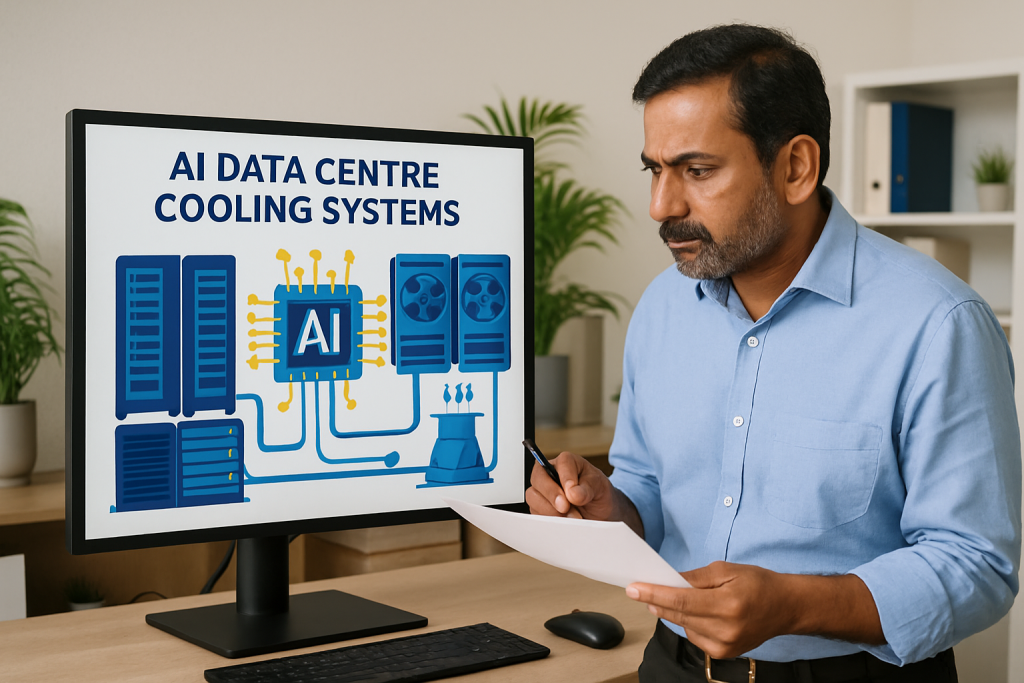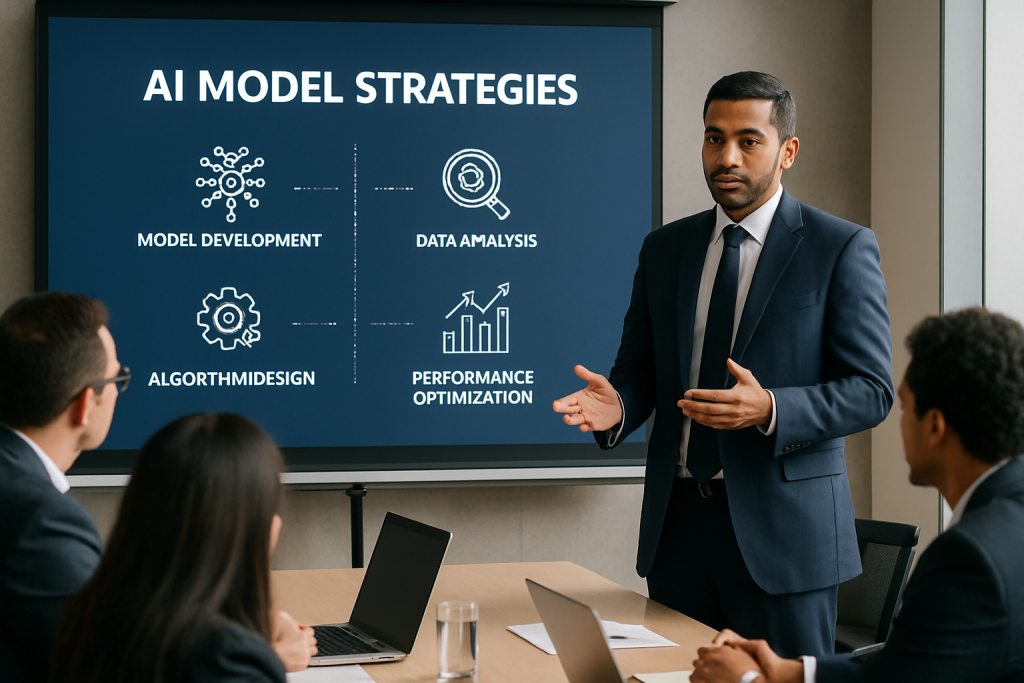Schneider Electric India and Nvidia Partnership Marks a Turning Point
Schneider Electric India’s December 2024 partnership with Nvidia marks a turning point for India’s infrastructure sector. The collaboration focuses on designing advanced cooling systems for AI-powered data centers using Nvidia’s flagship AI chips.
Why This Partnership Matters Now
This partnership arrives as Indian capital goods companies experience unprecedented growth after years of struggles. Government-backed Production Linked Incentive schemes and strong public-private investments have accelerated sector expansion.
The timing is critical. Nvidia’s GPU-based servers are projected to consume up to 50 times more power than current systems by 2027. Energy-efficient cooling infrastructure becomes essential as AI demand explodes globally.
How This Partnership Solves a Key Problem
Schneider Electric Infrastructure Ltd. (SEIL) exemplifies this transformation. The company’s stock surged 1,080% over five years, driven by India’s infrastructure growth story. SEIL posted its first full-year profit of Rs 28 crore in FY22 after a decade of balance sheet challenges.
The real breakthrough came with a 66% rally since May 8, 2025. This outpaced competitors like ABB India and CG Power during recovery from Trump-induced tariff uncertainty.
Foreign Institutional Investors increased stakes in these companies until late 2024. When Donald Trump’s election triggered policy changes, FIIs pulled funds from most companies except SEIL.
Strategic Advantage for Indian Business
Schneider Electric aims to make India a global manufacturing hub for data center solutions. The company announced plans to acquire the remaining 35% stake in its Indian joint venture from Temasek for full ownership.
A Rs 3,200 crore investment will expand manufacturing capabilities in India, Schneider’s third-largest market. This includes a Rs 100 crore cooling factory in Bangalore serving both domestic and global markets.
The government recognized data centers as critical infrastructure, attracting massive investments. India’s data center market attracted over Rs 5 lakh crore in the past six years. Projections show inflows exceeding Rs 8.5 lakh crore by FY27.
Market Impact in India
SEIL already sees results from this trend. Data center orders contribute around 15% of FY25 revenues, expected to rise significantly. The company reported its highest revenue of Rs 2,637 crore, up 19.5%, and profit of Rs 268 crore, up 55.8%, in FY25.
ICRA forecasts data centers will attract investments worth Rs 40,000-45,000 crore in FY26-27. This will increase operational capacity to 2,000-2,100 MW from approximately 1,150 MW in December 2024.
A development pipeline of 3.0-3.5 GW over the next 7-10 years requires investments of Rs 2.0-2.3 lakh crore.
What Business Leaders Should Know
SEIL specializes in energy management and industrial automation across four key verticals:
- Power & Grid benefits from the government’s Rs 35,000 crore digitalization investment.
- Mining, Metals and Minerals sector growth comes from infrastructure spending on metros and airports.
- Transportation/Mobility sees demand from electric vehicle battery facilities.
- Industry and Buildings segment grows through real estate investment in building management systems.
Goldman Sachs upgraded SEIL to Buy in June 2025 with a target price of Rs 910, representing 21.3% upside. The firm raised SEIL’s FY32 total addressable market to $14.53 billion from $9.02 billion.
Risks and Considerations
SEIL trades at a P/E ratio of 88.1x, higher than its 3-year median of 68.1x, suggesting overvaluation. Material costs make up almost 70% of expenses, making the company sensitive to commodity price changes.
The business remains cyclical and tied to global economic uncertainty. Policy support and macroeconomic stability remain critical for sustained growth.
Significance for Indian Business Leaders
For Indian business leaders, this partnership represents more than a corporate deal. It signals India’s emergence as a critical player in global AI infrastructure, creating opportunities across manufacturing, energy management, and technology services sectors.


